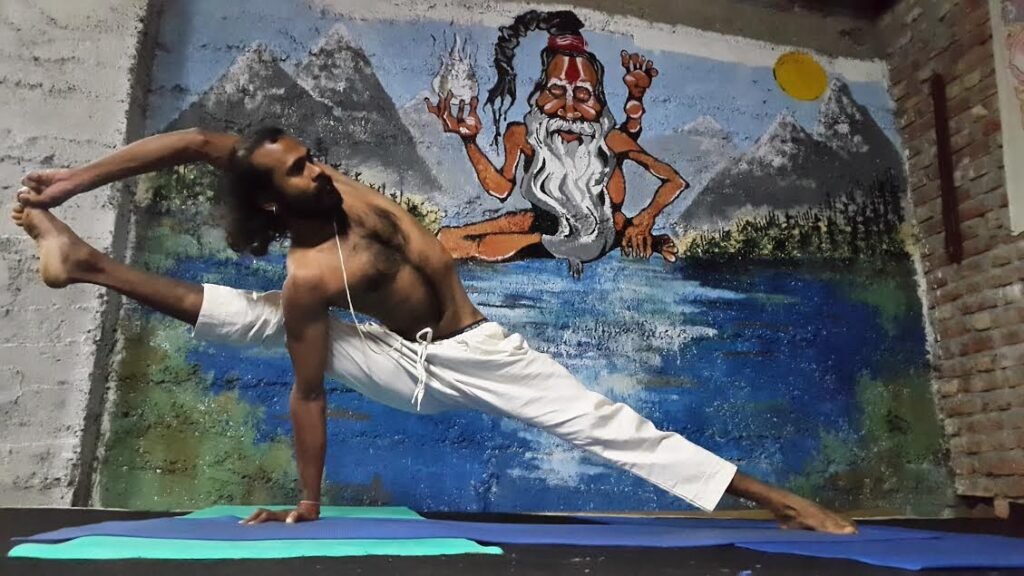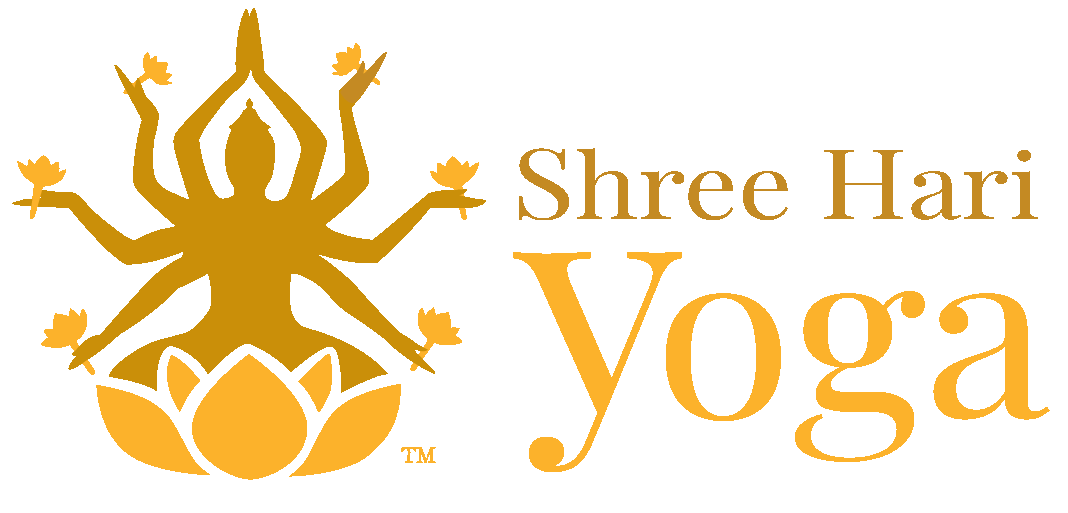
Mudras are essential to yoga, meditation, and various Indian classical dances. They are believed to have the power to evoke specific states of mind or to bring about physical, emotional, or spiritual benefits. In this sense, mudras can be an essential tool for promoting physical and mental well-being, as well as for spiritual growth and self-realization.
In yoga and meditation, mudras are often used to focus the mind and facilitate energy flow within the body. By using specific hand gestures, practitioners can direct the flow of energy to specific areas of the body, which may help to improve physical and mental well-being.
In Indian classical dance, mudras convey specific emotions, stories, or themes. Precise hand gestures, facial expressions, and body movements help to tell a story or convey a particular message.
Overall, mudras are essential to various spiritual and cultural practices and can be a valuable tool for promoting physical, mental, and spiritual well-being.
WHAT ARE MUDRAS IN YOGA?
In yoga, mudras are symbolic hand gestures often used during meditation and yoga practice. They are believed to have the power to evoke specific states of mind or to bring about physical, emotional, or spiritual benefits. Mudras are typically performed with the hands and fingers, but they can also involve the whole body.
There are many different mudras, each with its specific meaning and purpose. Some mudras are used to focus the mind and facilitate the flow of energy within the body, while others symbolize specific emotions or states of mind.
Mudras are typically incorporated into yoga as part of a series of poses (asanas) and breathing exercises (pranayama). They can be practiced independently or as part of a more comprehensive yoga routine.
Mudraessentialan important tool for yogis as it can help improve focus and concentration, reduce stress and anxiety and feel peace and relaxation. They can also connect individuals with their higher selves, fostering spiritual growth and self-realization.
FEATURES OF MUDRAS:
Mudras are essential to many spiritual and cultural traditions and have been used for centuries to promote physical, emotional, and spiritual well-being. Here are a few reasons why mudras may be considered necessary:
1. Mudras can be used as a tool for self-expression and communication. In Indian classical dances, for example, mudras are used to convey specific emotions or ideas through the movement of the hands.
2. Mudras can be used as a tool for meditation and mindfulness. By focusing on the position and movement of the hands, a person can bring their attention inward and cultivate a sense of presence and awareness.
3. Mudras can be used as a tool for self-healing and transformation. Many people believe that mudras have the power to evoke specific states of mind or to bring about physical, emotional, or spiritual benefits.
4. Mudras can be used to connect with cultural and spiritual traditions. By practicing mudras, people may feel connected to their cultural or spiritual heritage and have a deeper understanding of their spiritual path.
YOGA AND THE IMPORTANCE OF MUDRAS:
Yes, yoga and mudras are often used together in meditation and spiritual practices. Mudras are hand gestures believed to benefit the mind and body by activating specific energy centers in the body. They are often used in conjunction with yoga asanas (physical postures) and pranayama (breathing techniques) to enhance the effects of the practice.
For example, some people use mudras while seated in meditation to help focus the mind and cultivate a sense of inner calm. Others use mudras while practicing yoga asanas to help direct the flow of energy in the body and bring about a sense of balance and integration.
TYPES OF MUDRAS:
There are many different mudras, each with its specific benefits and uses. Some common mudras include Gyan Mudra, which is said to increase concentration and memory; Prana Mudra, which is said to increase energy and vitality; and Shuni Mudra, which is said to increase patience and inner peace.
Many different types of mudras are used in yoga, each with its specific meaning and purpose. Here are a few examples:
1. Anjali Mudra: This is a simple mudra where the palms are pressed together in front of the heart in a prayer-like position, representing respect, devotion, and honor.
2. Chin Mudra: This mudra is formed by touching the tip of the thumb to the end of the index finger, with the other fingers extended. It symbolizes the union of the individual self with the universal consciousness.
3. Jnana Mudra: This mudra is formed by touching the tip of the index finger to the advice of your thumb, with the other fingers extended. It represents wisdom and is often used in meditation to increase focus and clarity of thought.
4. Prithvi Mudra: This mudra is formed by pressing the tips of the thumb and ring finger together, with the other fingers extended. It is believed to increase the element of earth in the body and to help with grounding and stability.
5. Vayu Mudra: This mudra is formed by pressing the tip of the index finger to the base of the thumb, with the other fingers extended. It is believed to increase the air element in the body and help with respiratory issues.
6. Apana Mudra: This mudra is formed by pressing the tip of the middle finger to the base of the thumb, with the other fingers extended. It is believed to improve digestion and help eliminate waste from the body.
7. Gyan Mudra: This mudra is formed by pressing the tip of the index finger to the base of the thumb, with the other fingers extended. It is believed to improve concentration and memory and enhance overall mental clarity.
8. Prana Mudra: This mudra is formed by pressing the tips of the ring and little finger to the base of the thumb, with the other fingers extended. It is believed to increase the flow of prana (life force) in the body and boost vitality and energy.
BENEFITS OF MUDRAS:
Mudras are believed to have various physical, emotional, and spiritual benefits. Some of the benefits that have been attributed to mudras include:
Physical benefits
- Reducing stress and tension: Mudras help calm the mind and reduce feelings of stress and anxiety, which can positively impact the body.
- Improving circulation: Some mudras may help improve circulation and increase blood flow to different body parts.
- Promoting flexibility: Holding certain mudras for extended periods can help to improve flexibility in the fingers and wrists.
- Relieving pain: Mudras may help to relieve pain in the body, particularly in the head, neck, and shoulders.
It’s important to note that while mudras may have some potential physical benefits, they must not be used as a substitute for medical treatment. If you are experiencing any physical discomfort or pain, you must consult a healthcare professional.
Emotional benefits:
- Reducing stress and anxiety: Mudras may help to calm the mind and reduces feelings of stress and anxiety.
- Improving mood: Mudras may help to improve mood and promote feelings of relaxation and well-being.
- Enhancing focus and concentration: By helping to quiet the mind, mudras may improve focus and concentration.
- Promoting feelings of inner peace: Mudras may help connect the individual with their inner self, leading to inner peace and tranquility.
Spiritual benefits:
- Promoting self-awareness: Mudras may help to bring the individual’s focus inward, allowing for a deeper exploration of the self.
- Enhancing spiritual practice: Mudras may enhance spiritual practice, such as meditation or yoga.
- Connecting with the divine: For some individuals, practicing mudras may help to facilitate a connection with the divine or a higher power.
- Promoting spiritual growth: By helping to quiet the mind and bring the individual’s focus inward, mudras may help to facilitate spiritual growth and self-discovery.
F.A.Q.
· How do you practice mudras in yoga?
To practice mudras in yoga, you will typically start by finding a comfortable seated position, such as in a cross-legged position or on a chair with your feet planted on the ground. Then, you will take a deep breath and bring your attention inward. Next, you will form the mudra with your hands, holding it for some time while you focus on your breath and maintain a state of relaxation.
· How long should you hold a mudra for?
No set rule specifies how long you should hold a mudra. Some people hold a mudra for a few minutes, while others hold it for much longer. It’s generally recommended to start with shorter periods and gradually increase the duration as you become more comfortable with the mudra.
· Are there any precautions to consider when practicing mudras?
It’s generally considered safe to practice mudras, but it’s always a good practice to listen to your body and take breaks if you feel any discomfort. If you have any pre-existing health conditions or injuries, it’s a good idea to check with your healthcare provider before starting any new yoga practice, including mudras.
· Can mudras be practiced by anyone?
Mudras can generally be practiced by anyone, regardless of age or fitness level. However, it’s always a good idea to check with your healthcare provider before you start any new yoga practice, including mudras.
